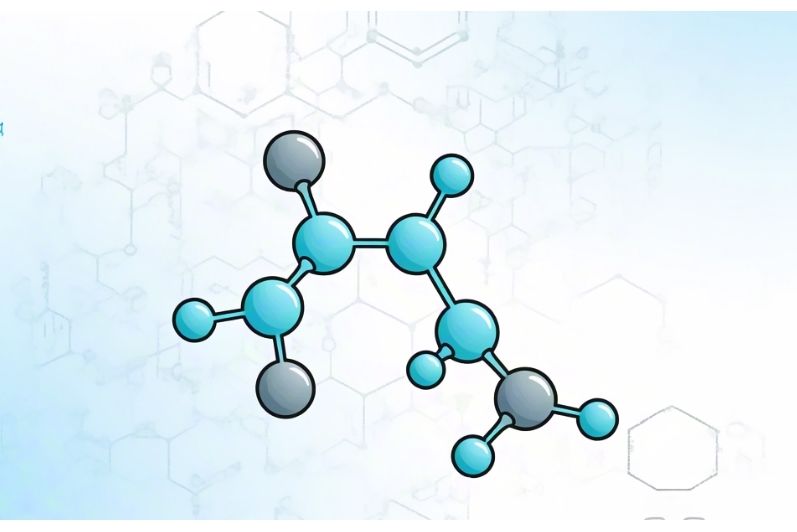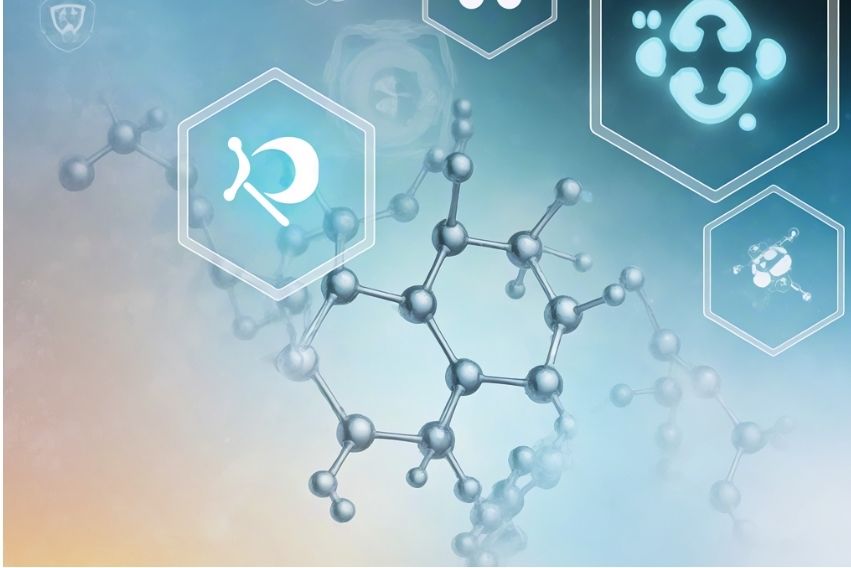Glycan Molecular Dynamics Simulation Service
Precision in Motion: Empowering Protein-Glycan Discovery Through Simulation
Molecular dynamics, as a computational simulation technique, is a formidable tool for delving into the theoretical exploration of biological entities spanning carbohydrates, proteins, and nucleic acids. It possesses the prowess to scrutinize the behaviors exhibited by individual atoms and molecules nested within these biomolecular frameworks. These atoms and molecules interact dynamically through computer simulations, representing how the system evolves. Molecular dynamics simulations show how biological molecules change over time and provide detailed information about structural changes at the atomic level. CD BioGlyco offers molecular dynamics simulation services to gain atomistic insight into how Glycan-Molecular Interact and comprehend the impact of glycosylation on protein structure and function.
The glycan molecular dynamics simulation service offers comprehensive features, including glycan-related binding affinity prediction, interaction hotspot identification, and pathway and network analysis, to facilitate in-depth exploration and understanding of glycan interactions and their biological implications.
In our work with molecular dynamics simulations, we utilize various software tools including GROMACS, NAMD, AMBER, and CHARMM. We select the suitable software of the client's choice and run a task, different software uses different force fields. Molecular dynamics simulations are performed in the following main steps.

Model selection
We carefully select a model system, ensuring all relevant atoms are accounted for and included in the prepared molecule files.
Energy minimization
In the pursuit of circumventing the formation of an unstable assembly of complexes, it is imperative to uncover glycan conformers with reduced energy levels. In this step, we equilibrate our observed structure with the chosen force field by solving Newton's equations of motion and deciding the number of equilibration steps. Conformation optimization is achieved through minimization using various algorithms: Steepest descent, Conjugate gradient, Broyden-Fletcher-Goldfarb-Shanno (BFGS), Newton-Raphson.
Heating and equilibration
During the heating phase, initial velocities are assigned to each atom at 0 K, and Newton's equations of motion are integrated to achieve a higher temperature gradually. Force constraints are removed as structural tensions dissipate.
Equilibration distributes the energy pumped into the system during heating among all degrees of freedom, with molecule positions fixed initially in explicit solvent simulations.
Production
The model is subsequently simulated under desired conditions, such as NVT, NPT, etc., followed by a production run for a relevant period to obtain the output trajectories.
Run and analysis
This step involves analyzing stored coordinates and velocities from molecular dynamics simulations to visualize and understand atomic-level conformational changes. Key quantities routinely calculated include time-averaged structure, radius of gyration, total energy, RMSD between structures, and interface-related terms. By tracking the atomic coordinates at each time step in the simulation, we can analyze the movements of glycan-protein complexes and explore the different conformations of molecular components. These simulations not only help in optimizing conformations but also play a crucial role in evaluating the structural stabilities of the molecules. In addition to conformational changes, the association or dissociation among various components in the glycan-protein complex can also be assessed.
Publication Data
Technology: Molecular docking, Molecular dynamics
Journal: Molecules
Published: 2023
IF: 4.6
Results: In the study, a comprehensive and methodical computational investigation was undertaken to scrutinize the interaction between four oligosaccharide constituents derived from newly discovered marine sulfated glycans (extracted from Pentacta pygmaea and Isostichopus badionotus) and both glycosylated and non-glycosylated receptor-binding domains (RBDs). The authors employed blind docking investigations to examine ligand attachment. They also used molecular dynamics simulations with dual force fields to analyze the structural details and key interactions. It was shown that two specific binding sites (sites 1 and 5) for these distinct, highly charged sulfated glycans were validated, aligning with previous scholarly findings. The authors used multiple modeling approaches to characterize the interaction between novel glycans and S-glycoprotein (SGP). The study provided insights into the key structural features of these novel glycans.
Applications
- Our service can be used for drug design and development by studying the interactions between proteins and glycans through simulation. It helps understand the mechanism of interaction between drugs and biomolecules, providing crucial information.
- Our service can be used to explore the roles of protein-glycan interactions in biological functions, such as in cell recognition and signaling pathways.
- Our service can be used to study the impact of different glycosylation modifications on protein structure and function.
Advantages
- Our technology takes into account the complex composition and conformational variability of glycans, thereby increasing prediction accuracy compared to molecular docking.
- Our method enhances the assessment of stable glycan-protein complexes by simulating the dynamics of glycan conformers.
- Our strategy simulates the dynamic processes of protein-glycan interactions, thereby promoting the understanding of their structure and function.
Frequently Asked Questions
- Why choose molecular dynamics simulation for protein-glycan studies?
Glycans, consisting of several monosaccharides associated with glycosidic bonds, are complicated carbohydrates. It is difficult to predict their interactions with proteins through molecular docking due to their complex branched structure and various conformations. Experimental analysis reveals that glycan conformers in stable complexes predominantly adopt low-energy glycosidic angles (ϕ), suggesting these conformers are more likely to form stable complexes with proteins than those with higher energy states. Thus, selecting conformers based on low-energy states derived from glycosidic angle energy functions can enhance the accuracy of predicting stable glycan-protein complexes. Considering these factors, molecular dynamics emerges as a valuable computational approach for analyzing glycan-protein complexes. It involves not only modeling the complex's 3D structure but also refining spatial restraints for assembly, making it well-suited for studying these interactions.
- What is the role of the force field in the simulation?
Force fields provide information about the energy of particles in a system. The parameters are based on studies of small molecules and can be applied to larger molecules. The force field function includes bonded and non-bonded interactions, with bonded interactions involving bond lengths, angles, and dihedrals, and non-bonded interactions like Van der Waals and electrostatic forces.
CD BioGlyco possesses advanced glycoinformatics methodologies to analyze complex interactions between proteins and glycans at a molecular level. Through computational simulations, our research team offers detailed insights into the dynamic behavior of protein-glycan complexes, elucidating crucial aspects of their structural stability and functional dynamics. This approach not only enhances our understanding of biological processes but also provides valuable data for drug discovery and biotechnological applications. Contact us to learn more about our service details!
Reference
- Samanta, P.; et al. Docking and molecular dynamics simulations clarify binding sites for interactions of novel marine sulfated glycans with SARS-CoV-2 spike glycoprotein. Molecules. 2023, 28(17): 6413.
For research use only. Not intended for any diagnostic use.
Quick Links
Related Services






